Did you know that weed has white hair? If so, what are these white hairs? These are some of the questions we are going to answer in this blog post. So, pull your chair, and let’s learn some of the intricate parts of the marijuana plant you probably didn’t know.
The white hairs visible in weed are referred to as stigmas. A stigma is the one that houses the pistil, which is a female marijuana plant sex organ. When the hair comes into contact with a pollen grain from a male cannabis plant, pollination occurs.
The white hairs are an indication that flowers will soon start to form. They look like little crab-looking things. They usually multiply and become numerous. This is a good thing as these clusters of flowers become buds. These white hairs are generally sticky and tall. The white hairs could get 12 inches long. After the pollination process then the white hairs begin to develop seeds.
Sinsemilla, which means seedless is found in the ovule, depending on the female weed plant not to get pollinated. Male weed plants develop preflowers sooner than the pistils. It is important to know that if you have regular seeds, you should identify the male parts for removal before flowering. Sinsemilla is necessary for non-pollination purposes.
If you are interested in the sinsemilla, it is crucial to ensure that the pistil does not get pollinated. Therefore, it is necessary to continue monitoring the plant throughout flowering.
The white hairs tend to poke out from nodes pretty randomly on young weed plants. This is spotted during the early stages of vegetative growth. There are instances where you will be hoping to see the white hair at the node. If you have waited and the node does not produce the white hair then that is a male cannabis plant. It is essential to know the type of marijuana plant for proper expectations.
A male marijuana plant faces a lot of threat from a female counterpart as the female weed plant produces white hairs, which are referred to as pistils that produce pollen grains and go through the pollination process.
If it is a female marijuana plant, you have to wait for around 8 weeks to start showing the white hairs as a proper confirmation. However, after 4 to 6 weeks then farmers can remove the male weed plant.
White hairs go hand in hand with the harvest. We cannot talk about white hairs without discussing harvesting. Harvesting is an essential stage in the cultivation of marijuana. Why? Because this is the phase that is most anticipated, yielding. Harvesting is an achievement of the labor that is put into growing weed, which is hard work and requires a lot of time to tender into it.
For harvesting to happen, then it requires growers to understand the timing that comes with it. Unfortunately, sometimes understanding the accurate timing to harvest is difficult for most growers as some either harvest too late which affects the process as the weed becomes so mature and its smell makes it difficult to yield.
Understanding how to prepare for harvesting, especially cutting cannabis tops, is quite subjective as most weed growers use their harvesting methods. The most common practice is checking on pistils.
Checking pistils is an old-fashioned practice that weed growers use to determine the harvesting period. A more significant percentage of pistils are full of vibrant colors during this time, especially when flowers are covered in red, orange, pink, and brown hairs.
In the early stages, pistils become entirely white. Around mid-bloom, which is week 4 to 6, the pistils turn orange, red, and pink, and also begin to proliferate. Around late bloom, which is 7-10 weeks with a flush of water, the pistils turn beautiful ripe red, orange, and brown shades.
Harvesting too soon is alarming as the marijuana will be too weak, and harvest too late and adversely affect you.
Two methods determine when weed plants are ready to harvest.
Visual method: this is an easy way to be involved with growing plants. It involves simple observations of the pistil. This method is ideal because it is budget convenient.
If you want to know if the weed is ripe for harvesting, then it is essential to look out for the white hairs that come from the flowers.
During the flowering period, the flowers have long white hairs. When about 80% of the white hairs turn brown, then it is undoubtedly time to harvest. If you wait until the white hairs disappear from the bud, then the bud will have a strong scent which is the actual scent of weed. Here, the buds look thick, bulgy, padded, and ripe.
When 40% of white hairs turn brown and dry up, this indicates that the marijuana is ready for harvest. If the weed is harvested during this period, it will be beneficial as it will give a more energetic effect when smoked.
When 50% – 70% of the white hairs are dry and brown, the weed is at its peak and will have many potentials. Here, the marijuana will contain the Tetrahydrocannabinol compound. But, again, it depends on what the grower wants to achieve with the cannabis; if you are looking for potency, this is the proper harvest.
When 80% -90% of the white hairs dry and turn brown, the weed has surpassed the peak of Tetrahydrocannabinol in the marijuana, and most of it is converted to have a more relaxing effect. If the grower needs the cannabis to have a medicinal value, this is the right weed to harvest and can best be used as a painkiller.
The pistil method is just the use of the eye and knowledge in marijuana cultivation. It also requires one to be so keen on any changes that occur in the weed.
There are more visual signs of the weed that portray that it is ready to harvest; when the marijuana plant looks less healthy, leaves start to droop, and leaves turn yellow and increase at the bottom. Also, when the cannabis stops being so thirsty and uses much less water than before.
However, most times, these signs should not always be depended upon because harvesting time depends on the marijuana species. In addition, it is sometimes difficult to work out if the plant is ripe to be harvested.
Trichome method: this is a more technical method as it requires a lot of scientific knowledge. Trichome is essential as it is the one that is responsible for the production of Tetrahydrocannabinol, THC on the weed. Trichomes are tiny stems in the bulb, they are so small, and at times it isn’t easy to notice them with the naked eye.
Jewelers’ loupe and digital microscope are used to make the inspection of trichomes more accurate. Trichomes cannot be easily seen, however they ought to be harvested. The following indicators will help you know that the trichome is right to harvest; when the trichome is; clear and transparent, clear and milky, turns yellow, is primarily yellow, and is somehow whitish, and when it turns brown.
The answer is no. White hairs most times never indicate cannabis maturity. If you want to check if the weed is ready to be harvested, it is vital to check the trichome. The trichome is rich in Tetrahydrocannabinol which has a high effect.
If a marijuana plant has many white hairs, then it just sometimes means that the weed contains a white strain. The strain can change the color of the cannabis plant.
There are situations where new white hairs can continue to grow even when the weed is ready to harvest. Do not worry; you can chop the hairs carefully, to not cause any interference with the plant.
Generally, white hairs are thin, but not always as there are times when you can find thick white hairs in marijuana if you find this, then worry not as it is only the genetic makeup of that particular weed that caused the thickness.
Before harvesting, it is essential to equip yourself for the harvest period. Harvesting is an important event, and if not taken seriously, it can cause a lot of damage.
Be prepared; harvest requires a lot of preparation. The organization is critical, so cutting away all the large leaves, leaving a plant with small leaves and no large leaves. Cut away half a centimeter of the leaves around the bud; the protruding leaves will dry and shrink.
By being physically involved in the harvest process, there can be a lot of trials and errors. Leave the plant in the pot, cut large leaves, and cut away small leaves so that you end up with a plant with flowers.
Sometimes harvesting weed can go wrong even after using the above tools. It is essential to be cautious by following rules;
When you see white hairs, then the greater chance is that the marijuana has not matured. The majority of the time, the white hairs will stick straight out even if the trichomes are clear. Therefore, it is best to wait until the plant has ceased growing new white hairs in the pistils and a lot of white hairs have turned brown.
Color disparities; don’t be alarmed especially when you notice red or purple trichomes, this is quite normal with some strains.
Cure buds properly; cure for about a month or so this will increase anti-anxiety and calming properties.
Know what time to harvest accurately; for example, if you want the right kind of weed, you will need to harvest at the end of the season when most trichomes have turned into dark amber.
It’s important not to leave things late, especially when you spot trichomes are turning grey and faded, and you have missed the window period. Harvesting during this period can cause drowsiness and without any unpleasant effects.
Sometimes harvesting requires one to follow their instincts, especially when choosing the optimal time to harvest but knowing what you want as the end product. This will yield greater results.
To put the record straight, it is wrong to say that white hairs can be referred to as pistils, and this is the mistake that most people think. The pistil is the female reproductive organ, while white hairs are housed in the stigma.
The stigma is often too short to see, and what is usually visible with the naked eye is the pistil. This notion is widely used, which is utterly wrong. White hairs on weed, are an indication of the flowering stage. These white hairs, later on, become red and are a way to see that marijuana is mature.
The science behind white hairs is not complex as it requires just the understanding of the plant growing process. White hairs are vital because, it guides the grower to the seasons of harvest, but it is also important to check how the trichome behaves. White hairs are a particular part of the weed part, and at times if it is not seen, it can cause a lot of panic, to growers.
White hairs play no significant role in weed plants, and at times they are overlooked. It is important to know that if these white hairs are not present, this could affect the genetic makeup of the marijuana. Therefore, white hairs are so important and at all times should be handled with care.
Can we say that white hairs facilitate the process of pollination in weed? Yes, it does; white hairs affect the process. Sometimes understanding the mystery that comes with white hairs is a baffle. It is a unique feature, of the marijuana plant. It is what makes the cannabis plant the way it is.
Lastly, epic weed growers are supposed to be sensitive, with the timing of harvesting, that’s where the whole idea and concept of white hairs come into play.
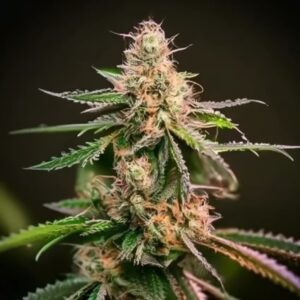


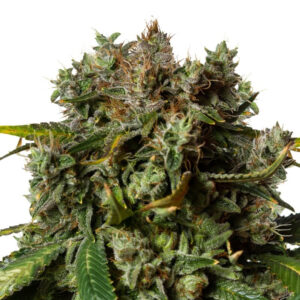


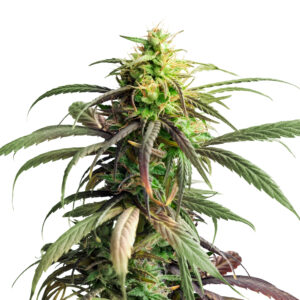






Related Posts
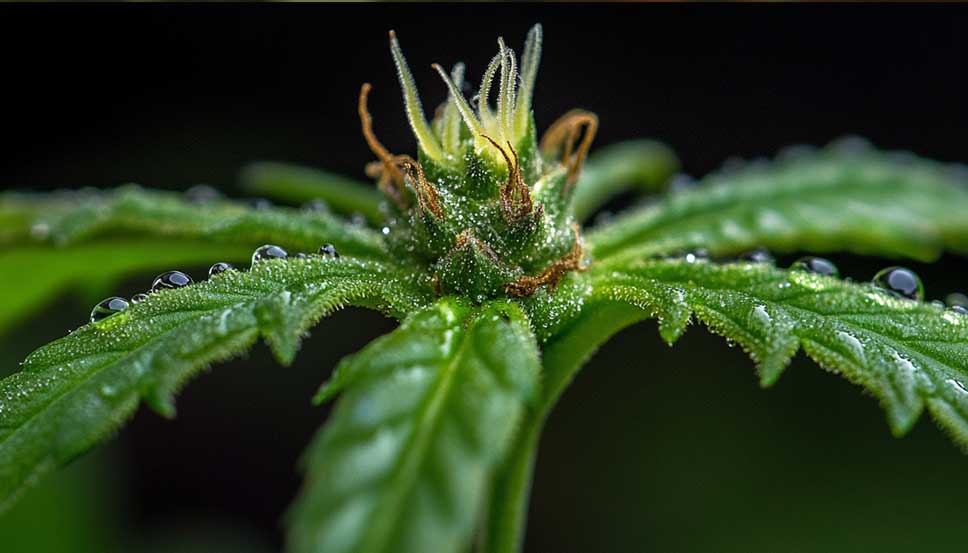
For first-time cannabis growers, there is quite a lot to cope with. From cannabis culture to learning about cannabis trichomes, what are they, how they function, their purpose, and other concerns. Learning all of these at once can be too much to handle and confusing.
Simply put, take a closer look at a cannabis plant. You will notice strange-looking white…

Welcome to the exciting world of cannabis and cryptocurrency! BTC and marijuana make the perfect match, offering a seamless and secure way to purchase weed seeds and accessories.
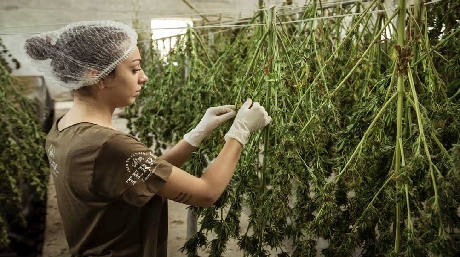
Harvesting your cannabis plant is one of the most exciting times for a grower. All your hard work and dedication are about to pay off. Are you excited yet?